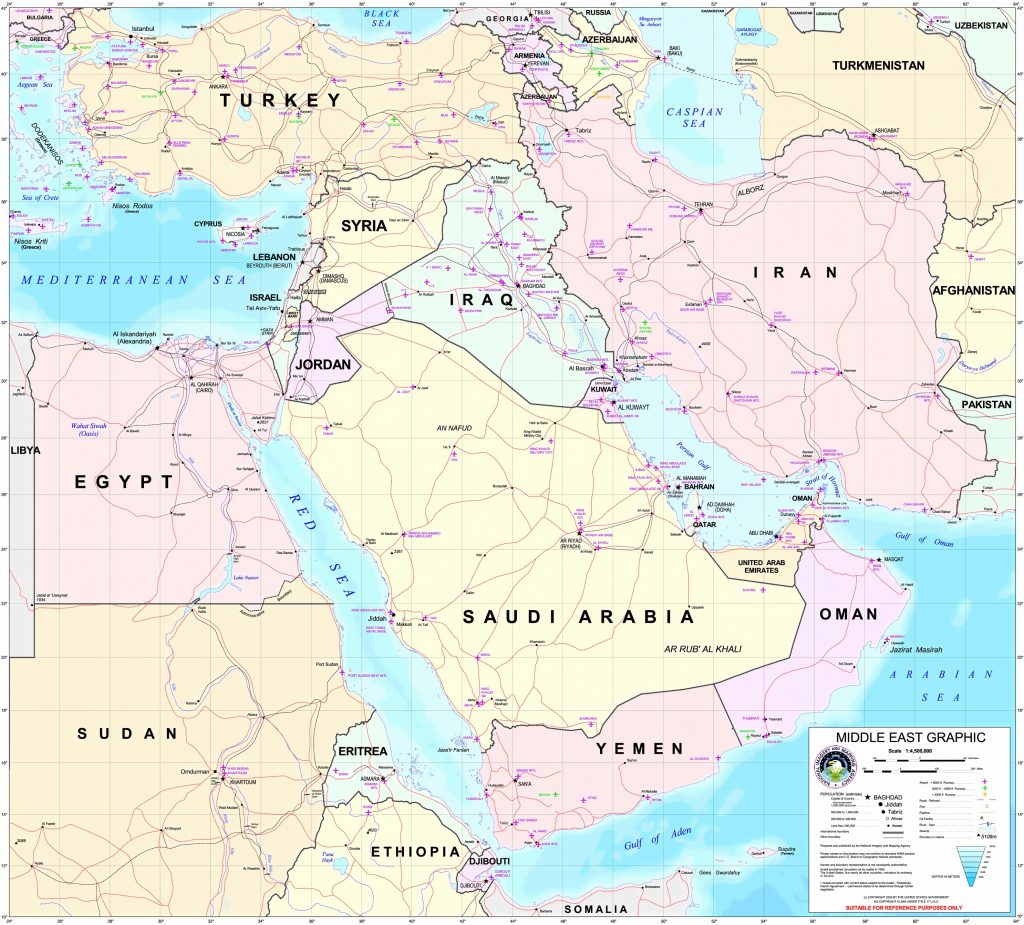

The recent uprising in several Middle Eastern countries has caught the West by surprise and has left it unsure about which course of action to take. For too long, the West insisted that it (reluctantly) supported authoritarian regimes in the Middle East because it was the lesser of two evils. If democracy was allowed to flourish, Islamic fundamentalists would take power, and the whole of the region would begin to resemble Iran. With only these two options available, the West argued that, unfortunately, the divorce of interest and values was the only possible course of action. With the collapse of the governments of Tunisia and Egypt and protests in other ‚friendly‛ countries such as Jordan, Bahrain and Yemen, it became necessary to look for alternative possibilities, beyond the dichotomy ‚authoritarian-but-pro-Western‛ and ‚democratically-elected-but-fundamentalist‛. Turkey then began to be heralded as having the perfect template to be emulated by other Muslim countries. After all, the conventional discourse goes, Turkey is a Muslim country which has traditionally been an ally of the West and a vibrant (albeit imperfect) democracy. It has managed to incorporate Islamists in the political process and prevent their radicalization. But does Turkey really constitute a model for other countries in the region?



